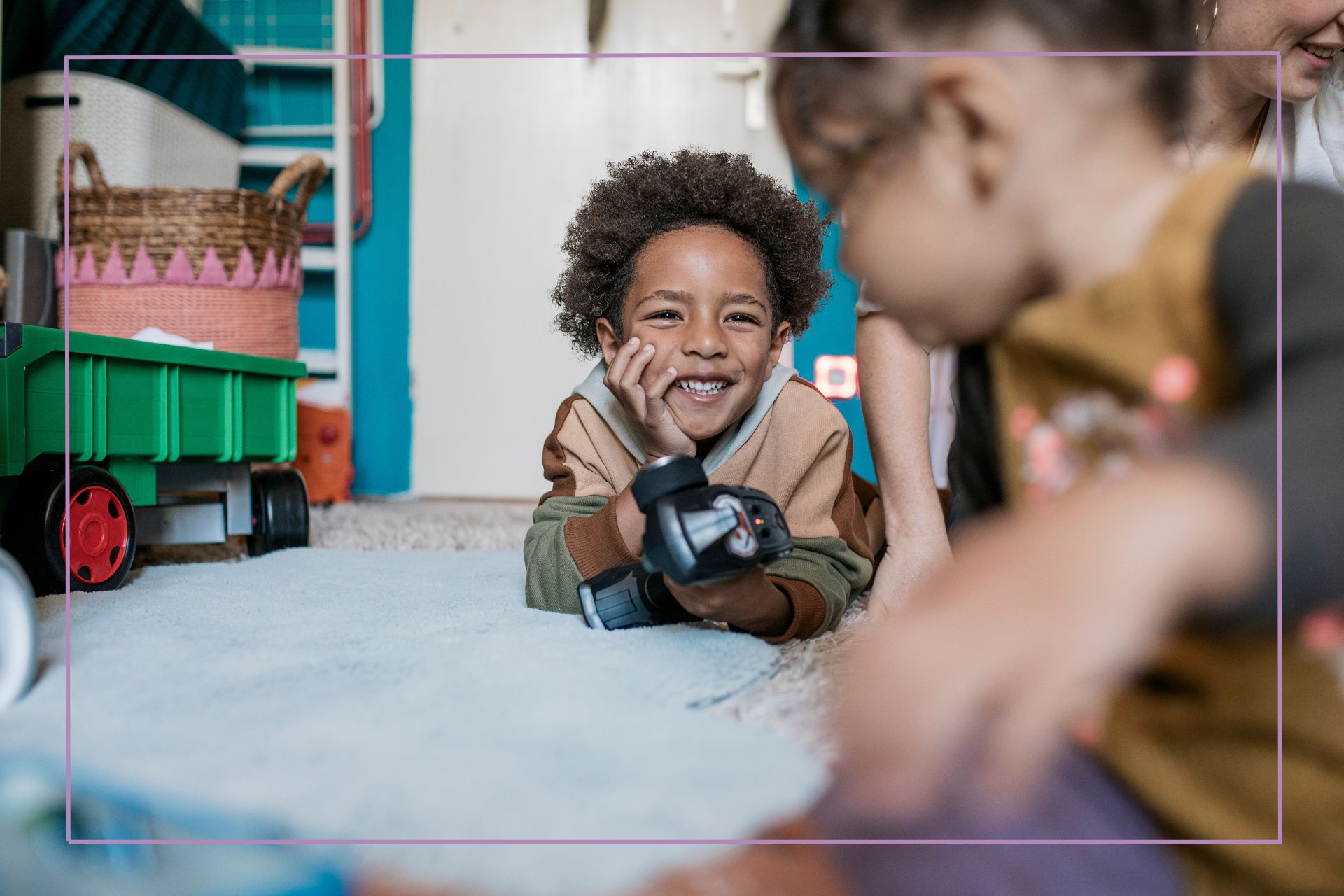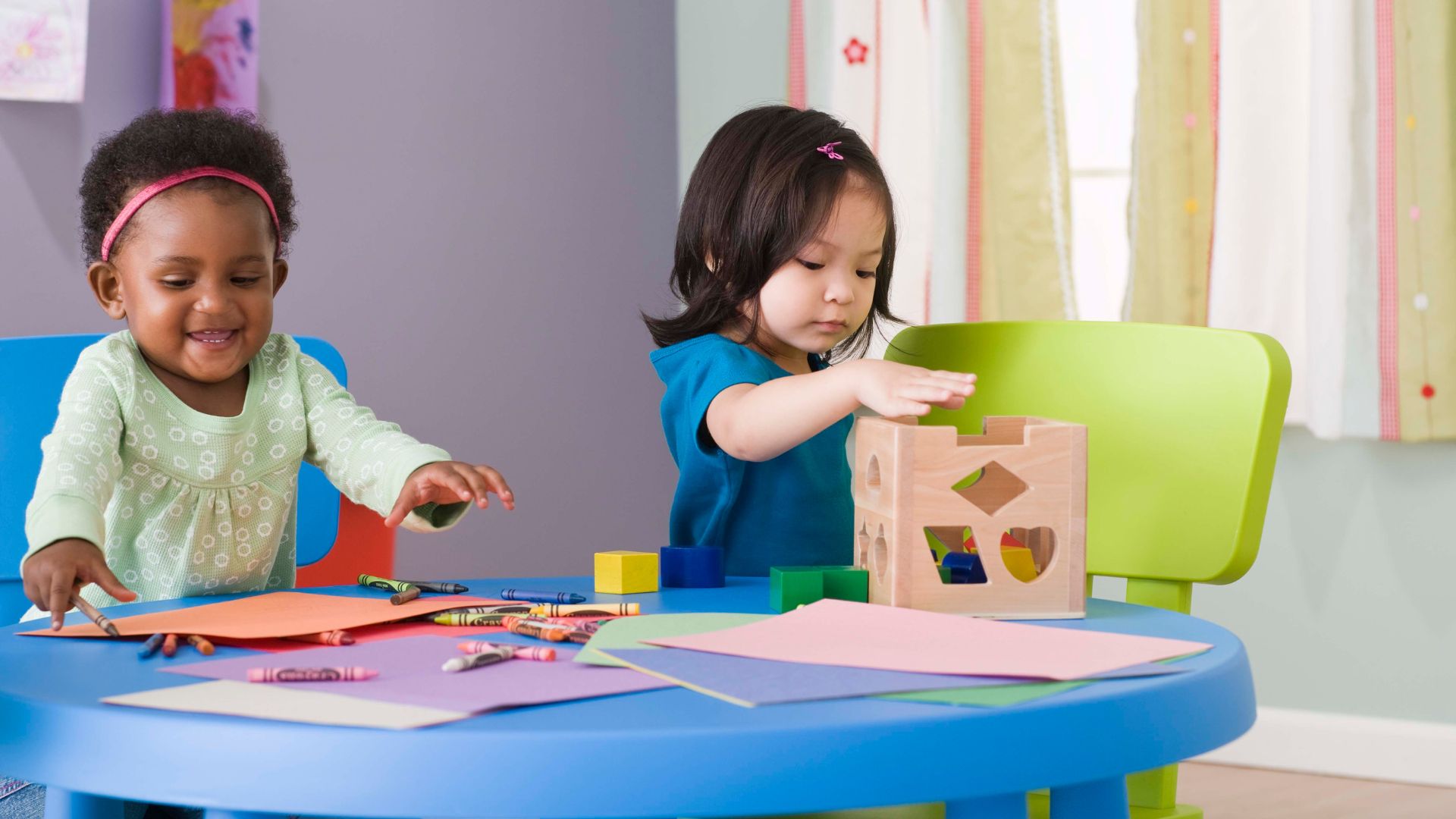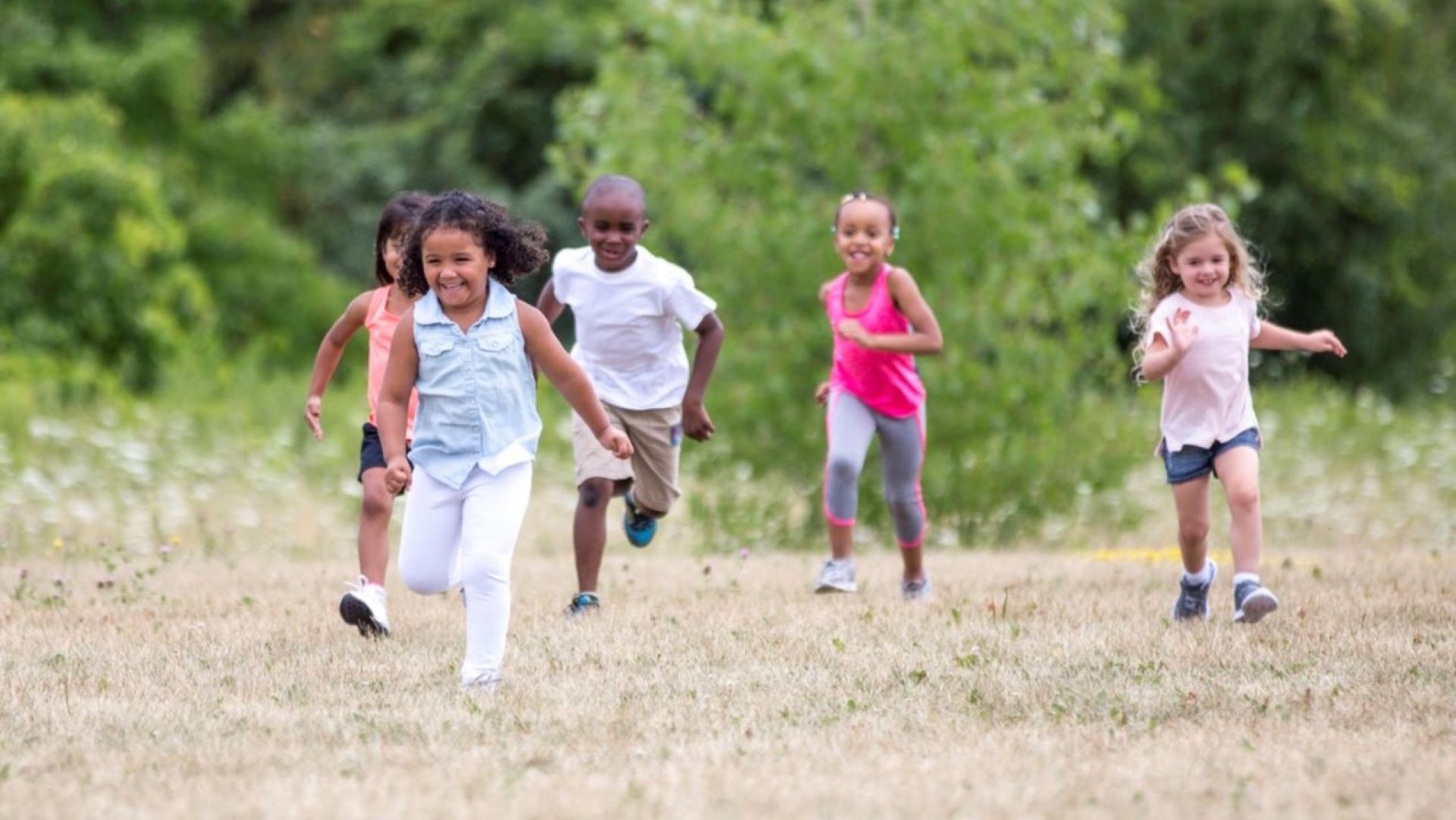
Play comes in all shapes and sizes, and no one plays better than kids - in fact for kids play is work, it's their job to play and learn.
And, while playtime might seem quite simple to us, our kids are engaging in lots of different types of play, each of which can help them develop key skills and abilities. Play provides opportunities to build skills, be creative, and express themselves. Problem solving, creativity, and willingness to take risks are just a few of the skills developed through play.
All children develop at different stages and at their own pace, so this is just a general guide. Talk to your health visitor or GP if you're worried about your child's development.
Independent play is not something that all kids naturally do they might ask for you - the adult - to play with them. Now we know some adults hate playing with their kids, and we get it. GoodToKnow family editor, Stephanie Lowe tells us; "I hate playing with my kid, there I said it. And you know I feel guilty every time I think about it, let alone write it down for others to read. But then, I looked into it and it's because it was never modelled for me. I'm one of four so never had an adult play with me, it was always siblings. So playing feels hard for me, but as I have an only child I've had to step up and learn to play... and it's not so bad... sometimes."
In this article, we’ll explore eight common styles of play that children engage in from babyhood and toddler and preschool age, and from age six to 12. We’ll explain how each one benefits your child’s cognitive, social, and physical development, from simply watching other kids having fun without joining in, to challenging their friends to a winner-takes-it-all game. You’ll never look at playtime in the same way again…
8 types of play and what they look like
Play comes in many forms, not all of which resemble the active, boisterous image typically associated with the word. Here are 8 different types of play you may notice your child engaging in:
- Solo/independent
- Onlooker
- Parallel
- Cooperative
- Imaginative
- Competitive
- Physical
- Constructive
1. Solo/independent play
What is it: Child entertaining themselves alone with toys, books, or their imagination
How it looks: Playing by themselves, fully immersed in an activity
What it nurtures: Self-regulation, concentration, contentment, creativity, decision making
How to encourage independent play: Provide a safe, interesting space with engaging toys and materials, then step back to let your child play alone if they want. Resist jumping in to guide them - sit on your hands if need be - and let their natural curiosity lead them. If they won't even entertain the idea without you, set a timer and be clear about stopping to do your jobs when the timer goes off. Then play with 100% focus on them for 10 minutes until the timer goes off.
2. Onlooker play
What is it: Child watches others playing but doesn't join
How it looks: Watching nearby play intently, may look a bit lonely from the outside
What it nurtures: Social awareness, emotional intelligence
How to encourage onlooker play: Invite your child to watch you or other children playing. Ask them questions while you play and acknowledge any observations they make. This ‘watching’ stage often comes just before interactive play as your little one gathers the courage to join in.
3. Parallel play
What is it: Children playing side-by-side but not with each other
How it looks: Playing next to others with little or no interaction
What it nurtures: Self-comfort around peers, sharing space
How to encourage parallel play: Set up a play date with a baby or toddler of similar age. Arrange a play area for the little ones to enjoy similar activities. Playing near each other supports their social and emotional development even if they’re not directly interacting.

4. Cooperative play
What is it: Playing together toward a shared goal
How it looks: Group play with assigned roles
What it nurtures: Teamwork, communication skills
How to encourage cooperative play: Encourage activities with different tasks or responsibilities, such as building a fort together or putting on a pretend play. Depending on their age they may need a little help to take turns and compromise, but with practice, they’ll get there!
5. Imaginative play
What is it: Pretend play bringing make-believe worlds to life
How it looks: Role-playing with toys or costumes
What it nurtures: Creativity, empathy, narrative skills, abstract thinking
How to encourage imaginative play: Encourage your child to dress up or use ‘prop’ items such as kitchen tools or shopping baskets. While you’re playing, enter their make-believe world and ask open-ended questions to help them develop it in their imagination.
6. Competitive play
What is it: Play that’s driven by friendly rivalry and adesire to win
How it looks: Games/contests with defined winners
What it nurtures: Sportsmanship, confidence in abilities, sense of fair play, emotional regulation
How to encourage competitive play: Have plenty of competitive games to hand, such as board games, racing toys or sporting equipment. It’s a good idea to lay down some principles first for kind competition and to encourage taking turns and being a ‘good loser’.
7. Physical play
What is it: Bodily activity like running or climbing
How it looks: Energetic large motor movement
What it nurtures: Strength, coordination, body awareness
Encouraging physical play: Make a bit of space for and put out some equipment like balls or tunnels. Establish safe boundaries first of with some basic rules and then get active alongside your child. Active play develops balance, flexibility and athletic capacity starting early!

8. Constructive play
What is it: Building or creating something with toys/materials
How it looks: Making structures, models or artwork through manipulation
What it nurtures: Planning, design skills, fine motor skills
How to encourage constructive play: Provide supplies for open-ended building like blocks, clay, or craft materials. Ask about their vision then let them bring creations to life and display the finished projects with pride. Constructive play teaches spatial reasoning and problem-solving and sparks your child's early interest in design.
If you're running out of play ideas for your little one, find giufts that boost your child's development with toys that encourage imaginative play, read how Instgaram play accounts saved one mum's sanity and get tips on what to do if you hate playing with your kids.







